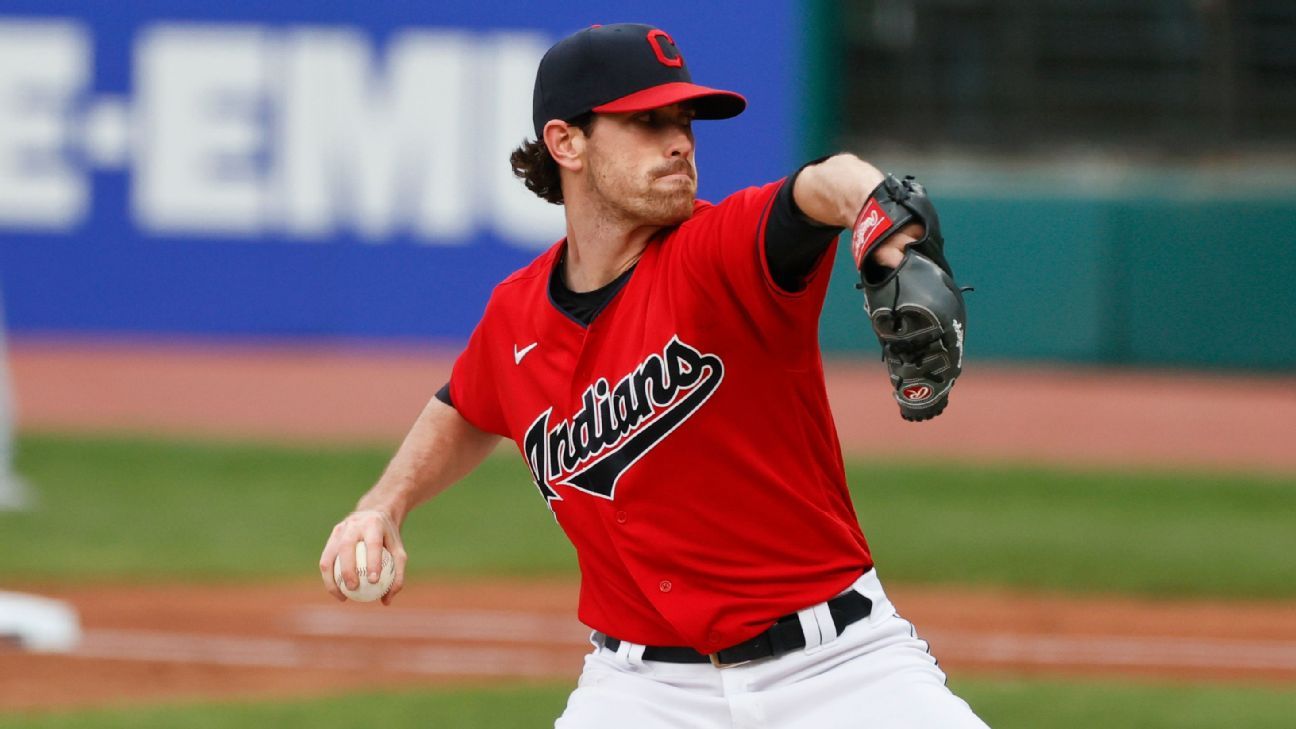- PBR Insights
- Posts
- Balancing the Pitch Clock and Pitching Workloads in Baseball
Balancing the Pitch Clock and Pitching Workloads in Baseball
Introduction
In the realm of contemporary sports medicine, where the intersection of athletic performance and injury prevention is paramount, the introduction of the pitch clock in baseball has ignited fervent debate. As a seasoned practitioner in the field, specializing in orthopedic rehabilitation and consulting extensively with Major League Baseball (MLB) athletes, I have been keenly observant of the nuanced implications of this regulatory change. This article delves into the multifaceted complexities surrounding the pitch clock phenomenon, with a particular focus on its implications for player health and the incidence of elbow injuries among MLB pitchers.
Pitching in baseball represents a biomechanically intricate activity, demanding precise coordination of neuromuscular systems and placing substantial physiological stress on the musculoskeletal framework, notably the central nervous system (CNS) and associated soft tissues (muscle, ligament, etc). Contemporary research has highlighted the need of adequate recovery intervals between high-intensity efforts, with cellular-level restoration and tissue homeostasis often necessitating more than 30 seconds of rest between high-intensity bouts. However, the advent of truncated pitch clocks has presented a conundrum, potentially compromising this essential recovery period and elevating the risk of overuse injuries among players.
Table of Contents
Recent Events
Recent analyses, reported by ESPN, have linked shorter pitch clock times to a noticeable increase in pitcher injuries, according to the MLB Players Association (MLBPA). Despite some industry experts suggesting that players should adapt by training harder, it's important to recognize that key body parts, like the ulnar collateral ligament (UCL), still face strain regardless of how much training they do.
Additionally, there's been a shift in how people view forearm training. While it used to be seen as crucial for building arm strength and resilience, there's now doubt about whether doing too much of it is really helpful. Different coaches and trainers have different opinions, highlighting the need for careful decision-making and personalized plans to reduce injury risk while still improving performance.
To navigate this complex situation, teamwork is crucial. Players, coaches, medical experts, and league officials all need to work together to find the right balance between playing well and staying healthy. This means setting up clear guidelines for workload management, closely watching how hard pitchers and how often they are throwing, and creating an environment where everyone feels comfortable talking about and preventing upper extremity injuries in baseball.
Ultimately, the path forward lies in fostering a culture of holistic player care. By prioritizing evidence-based practices and individualized approaches, we can optimize performance while safeguarding the health and longevity of baseball athletes. Through ongoing dialogue and concerted efforts, we can ensure that the spirit of the game remains intact, while also prioritizing the well-being of those who play it.
Stories to Follow
Interested in a Private Consult?
Email Me Directly @ [email protected]

